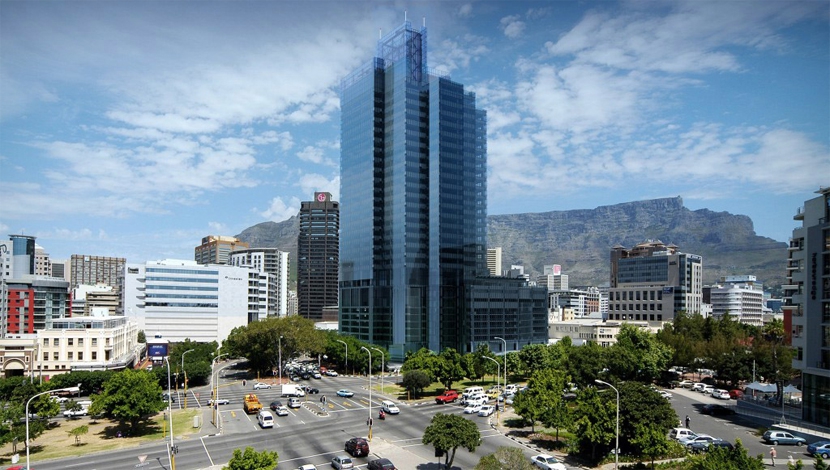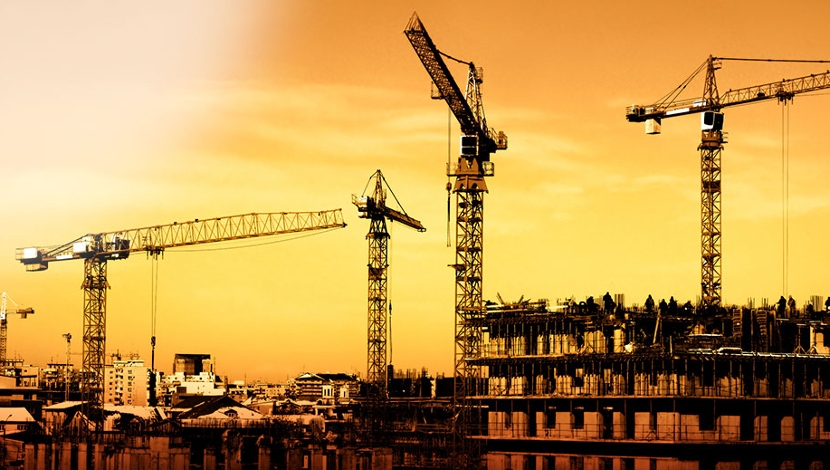

A new report published on Friday by industry associations has revealed that the cost premium of building “green” was only an average of 5% above the construction of traditional buildings, much less than previously thought.
The first edition of the ‘Green Building in South Africa: Guide to Costs and Trends’ report showed green building premium costs for 4-Star-, 5-Star- and 6-Star-rated office blocks varying between 1.1% and 14.2%.
The survey was compiled by the Green Building Council of South Africa (GBCSA), the Association of South African Quantity Surveyors and the University of Pretoria (UP) to provide solid data for analysis on the actual cost premium of building green in South Africa.
UP researcher and quantity surveying programme leader Danie Hoffmansaid that, with no credible, readily available data, there was a lingering perception of significant cost premiums of building green offices.
GBCSA CTO Manfred Braune said in the early years, there was a global perception that green buildings cost 20% to 50% more than conventional buildings.
“This study shows that green buildings can be built for a negligible premium – and that this premium is declining,” he said.
Cost data analysis of 54 Green Star South Africa– (SA-) rated office buildings – 33 in Gauteng, 11 in the Western Cape and 9 in KwaZulu-Natal – certified through the GBCSA Office v1 tool from 2007 until 2014, showed green cost premiums declining over time, particularly since 2011.
The country had a well-established commercial green building market and, if its current commitment to green activity continues, the country could be a leader in the global green market in the next three years.
There was a variance in average costs based on location, with average premiums of 6.9%, 6% and 4.5% on buildings in the Western Cape, Gauteng and KwaZulu-Natal respectively. The amount of the budget injected into the green elements of a green project, or the green design penetration, showed the Western Cape at 46%, Gauteng at 41.8% and KwaZulu-Natal at 40.4%.
Costs dropped from 9.3% for a building under 5,000 m2 to 2.6% for buildings over 50,000 m2. “Economies of scale also result in larger developments having higher efficiency levels and lower building costs per square metre of installations such as lifts, escalators or air conditioning systems,” Hoffman commented.





